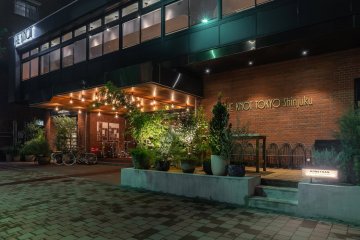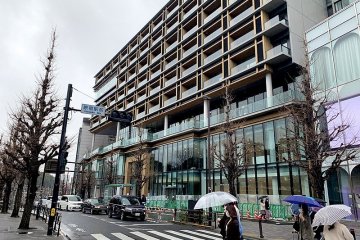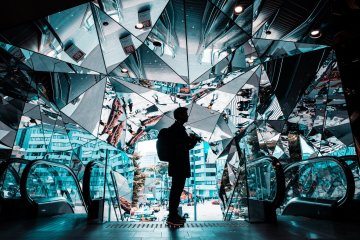购物
Nestled in the heart of Tokyo’s fashion-forward Harajuku district, the POP MART Harajuku Store stands as a flagship destination for fans of designer toys and pop culture collectors alike. This vibrant retail space is part of the global expansion of POP MART, a Chinese brand renowned for its imaginative blind box collectibles. Here, visitors are invited into a colorful world where art, surprise, and creativity intersect.
The store offers a wide selection of POP MART’s most beloved characters, including the ever-popular MOLLY, the dreamy DIMOO, the edgy SKULLPANDA, and the mischievous MONSTERS, featuring the fan-favorite character Labubu. Each figure is part of a “blind box” series—meaning the exact design inside the box remains a mystery until it's opened—adding a thrill of anticipation.
Labubu, in particular, has captured the hearts of many with its playful yet slightly eerie design, embodying a quirky charm that reflects POP MART’s signature blend of cuteness and character. Fans can often find exclusive or limited-edition Labubu figures available only at flagship stores like this one, making it a must-visit location for collectors.
Inside, the POP MART Harajuku Store is as much an art installation as it is a retail space. The interior design captures the essence of the brand’s artistic roots, with vivid displays, themed installations, and interactive features that elevate the shopping experience beyond the ordinary. The layout encourages exploration, allowing visitors to discover new collections and seasonal releases as they move through the space.
More than just a shop, the POP MART Harajuku Store is a cultural hub that reflects the fusion of Chinese designer toy culture with Tokyo’s unique aesthetic and street style. Whether you’re a dedicated collector or a curious newcomer, the store offers an immersive experience that celebrates creativity, surprise, and the joy of collecting.
For anyone exploring Harajuku, a neighborhood known for its eclectic style and trendsetting spirit, stopping by the POP MART store offers a delightful dive into the whimsical world of contemporary art toys—and perhaps, the chance to take home a rare version of Labubu or another charming character hidden inside an irresistible blind box.
东京
距离6分钟



/139.7058391571,35.671743989724,9/397x132?access_token=pk.eyJ1IjoiamFwYW50cmF2ZWxtYXBzIiwiYSI6ImNqbXBtOXYxbDB5Z3ozbHFrazJuYWMwOGYifQ.v15fy_mcFWtgopmz8PhwqA)







